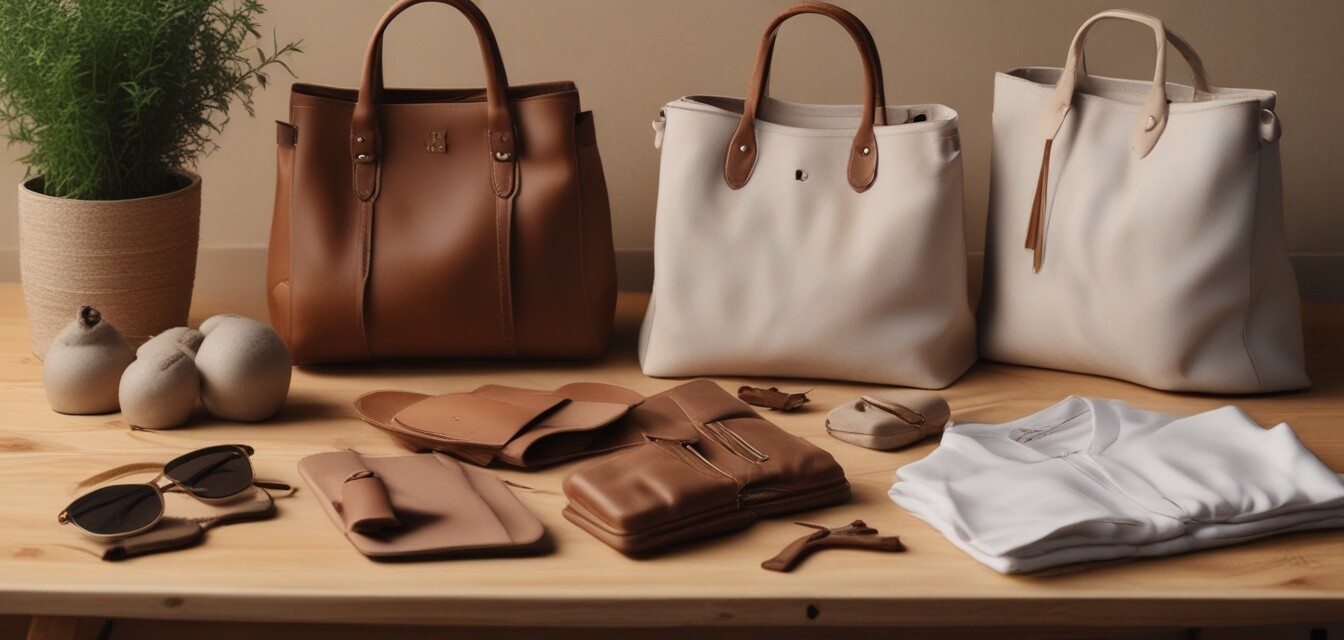
The Latest Trends in Sustainable Fashion: What to Watch for in 2025
Key Takeaways
- Sustainable fashion is moving towards eco-friendly materials.
- Emerging technologies are reshaping the fashion landscape.
- Consumer awareness is driving the demand for ethical choices.
- Collaboration between brands and environmental organizations is on the rise.
The world of fashion is undergoing a significant transformation as sustainability becomes a top priority for brands and consumers alike. In 2025, we can expect to see a multitude of trends that reflect a commitment to eco-friendly practices, innovative materials, and ethical production processes. From biodegradable fabrics to recycling efforts, the future of sustainable fashion holds a wealth of exciting developments.
1. Eco-Friendly Materials
As the push for sustainability deepens, brands are increasingly focusing on using eco-friendly materials. Here are some of the most prominent materials to watch in 2025:
| Material | Description | Environmental Benefit |
|---|---|---|
| Organic Cotton | Grown without synthetic pesticides or fertilizers. | Reduces chemical runoff and promotes biodiversity. |
| Bamboo | A fast-growing grass that requires less water. | Biodegradable and self-replenishing. |
| Recycled Polyester | Made from recycled plastic bottles. | Reduces plastic waste and energy consumption. |
| Hemp | Requires minimal water and grows quickly. | Improves soil health and absorbs CO2. |
| Vegan Leather | Made from synthetic materials or plant-based sources. | Eliminates the need for animal products. |
2. Advanced Technologies
The integration of advanced technologies in sustainable fashion is paving the way for a more efficient production process. Key technologies to note are:
- 3D Printing: Enables customized designs with minimal waste.
- Blockchain: Enhances transparency in the supply chain.
- Smart Fabrics: Fabrics that adapt to environmental conditions.
3. Ethical Production Practices
Brands are now expected to uphold ethical practices in their production methods. This encompasses:
- Fair wages for workers across the supply chain.
- Safe working conditions in factories.
- Adopting circular economy principles to minimize waste.
4. Consumer Awareness and Demand
Consumers are becoming more conscious about the impact of their purchase decisions. The rise in demand for:
- Transparency: Knowing where and how products are made.
- Quality: Investing in timeless pieces that last.
- Second-hand shopping: Embracing thrifted and vintage pieces.
5. Collaborative Efforts
Collaboration is becoming more common in the sustainable fashion scene. Look for:
- Partnerships between brands and environmental organizations to promote sustainable initiatives.
- Community-based projects that encourage local production and craftsmanship.
Kitsch Microfiber Hair Towel Wrap for Women
Ultra-soft microfiber hair towel that dries hair quickly, perfect for eco-conscious consumers looking to reduce drying time and hair damage.
Learn MoreConclusion
As we look ahead to 2025, the sustainable fashion movement is set to gain momentum. By embracing eco-friendly materials, advanced technologies, ethical production practices, and fostering consumer awareness, the industry is poised for a significant transformation. Brands that prioritize sustainability will not only meet consumer demand but also contribute to a more responsible and ethical fashion landscape.


